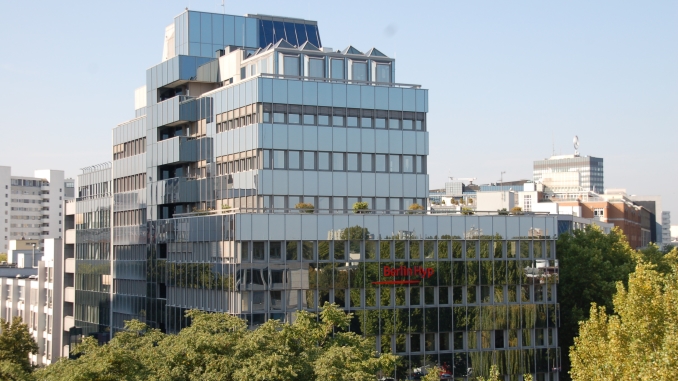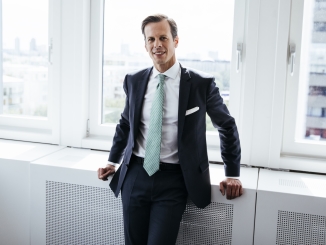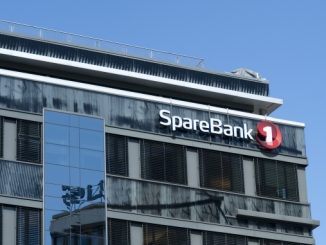
Berlin Hyp took what could be a last chance to secure prevailing attractive funding levels with a EUR500m 10 year green senior unsecured bond on Tuesday, but an allocation of just 20% to SRI accounts disappointed, as the deal’s maturity and spread wasn’t for all in a difficult market.
The new issue is Berlin Hyp’s fifth benchmark green bond, following two senior unsecured transactions and two Pfandbriefe, and takes their green outstandings to EUR2.5bn.
Following a mandate announcement on Monday, Berlin Hyp leads Commerzbank, Crédit Agricole, JP Morgan, LBBW and Natixis launched the EUR500m no-grow 10 year green senior unsecured issue on Tuesday morning with guidance of the low 60s over mid-swaps.
Guidance was later revised to the 60bp area, plus or minus 3bp will price within range, with the leads having taken more than EUR500m of orders from 66 accounts, excluding joint lead manager interest. The spread was then fixed at 60bp, with final books in excess of EUR500m.
“It is a bit of a mixed picture,” said Bodo Winkler, head of investor relations and sales at Berlin Hyp (pictured). “The market was very different from when we issued our last green bond, and sentiment, especially around 10 year maturities, is not so positive anymore.
“Against this background we are happy with the final result, because printing a 10 year non-preferred, MREL-eligible bond at plus 60bp is a very good result for us, from a pure economic perspective.”

Winkler noted that since the start of 2017, only two senior non-preferred bonds have been priced tighter, one being Berlin Hyp’s last green bond and the other an ING issue in November, in more supportive markets.
However, Winkler acknowledged that the order book was much less diversified than for Berlin Hyp’s previous green bonds and said they ideally would have liked to have allocated more of the deal to dedicated SRI accounts. SRI investors made up 20% of the final order book.
Accounts from Germany took 88% of the deal, France 5%, and the UK 4%. Savings banks were allocated 55% of the deal, asset managers 22%, and insurance companies 15%.
Berlin Hyp’s last green bond, a EUR500m 10 year senior unsecured issue in October, attracted some EUR1.2bn of demand, with 45% of the deal allocated to dedicated SRI investors and over half to non-domestic accounts.
“Apparently for those investors that are more international, the maturity was perhaps not the optimal one and the price was very tight,” said Winkler.
“Green investors are market participants like all others, and will have their own opinions on maturities and interest rates and so on.”
Syndicate bankers away from the leads said the hesitance of some international investors towards German senior paper was responsible the deal’s relatively limited demand, when compared, for example, to a EUR500m six year green bond for BNP Paribas that attracted around EUR1.1bn of orders the same day.
“You can’t easily compare this to the other green bonds that were in the market this week, which both came in the intermediate part of the curve where the going is easier right now,” added one.
The 10 year maturity was chosen because Berlin Hyp wanted to lock-in the attractive funding levels currently available for as long a duration as possible, said Winkler, and ahead of the introduction of senior preferred and senior non-preferred bonds in Germany in legislative amendments expected in the summer.
“This was more or less our last chance to print a traditional senior unsecured bond which will then be grandfathered and to get these very attractive prices,” he said.
The proceeds of the deal will be used to finance green building loans.
Berlin Hyp will publish a new, stricter green bond framework on 27 April – the anniversary of its first green covered bond issue.
The updated framework will offer a more precise view on the energy efficiency of a building by splitting up its energy demand into different components, namely the demand for warmth/heating and for electricity.
“This way you prevent from financing a building with a poor building envelope but a very low electricity consumption, or the other way around,” said Winkler.



